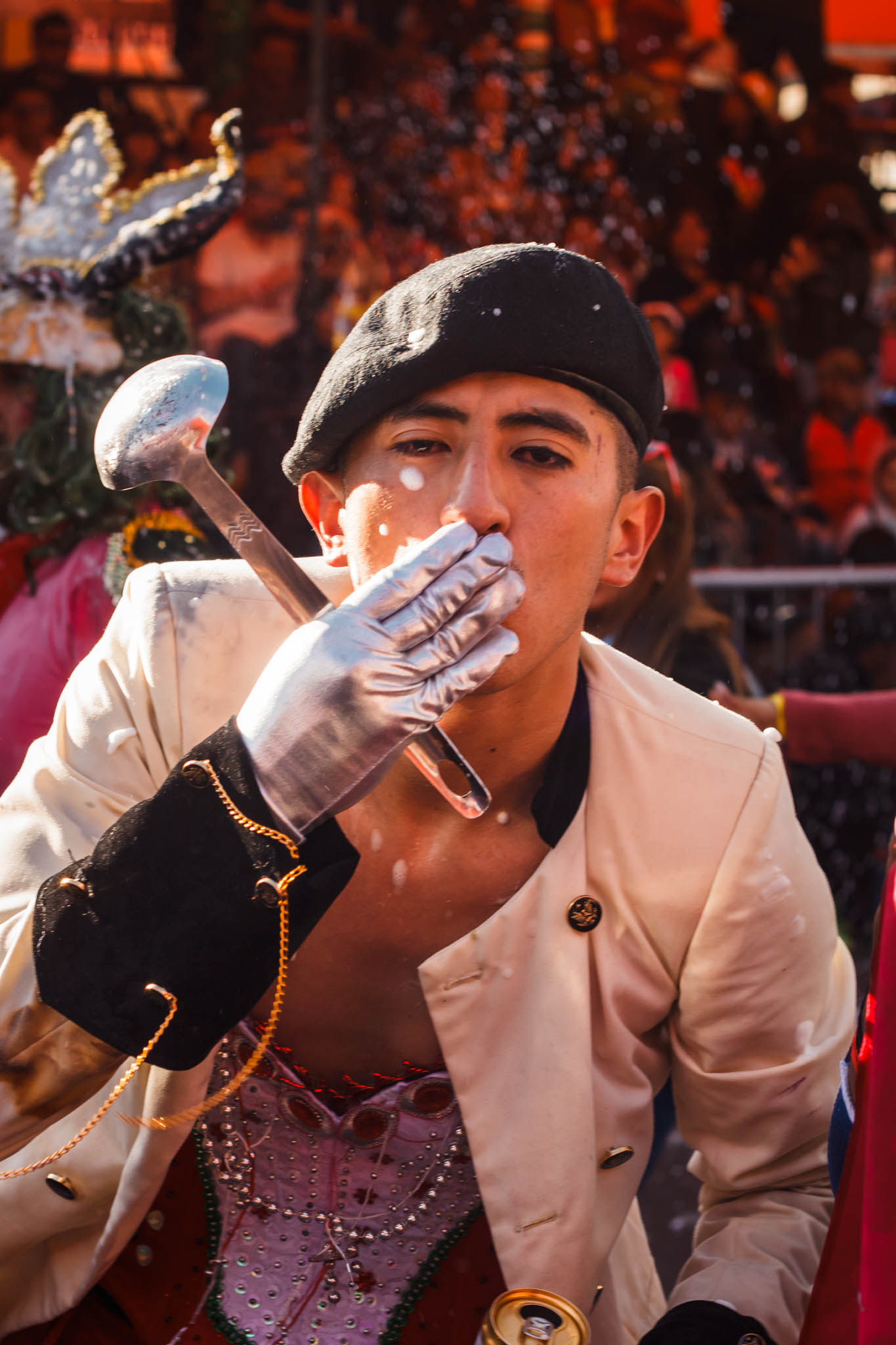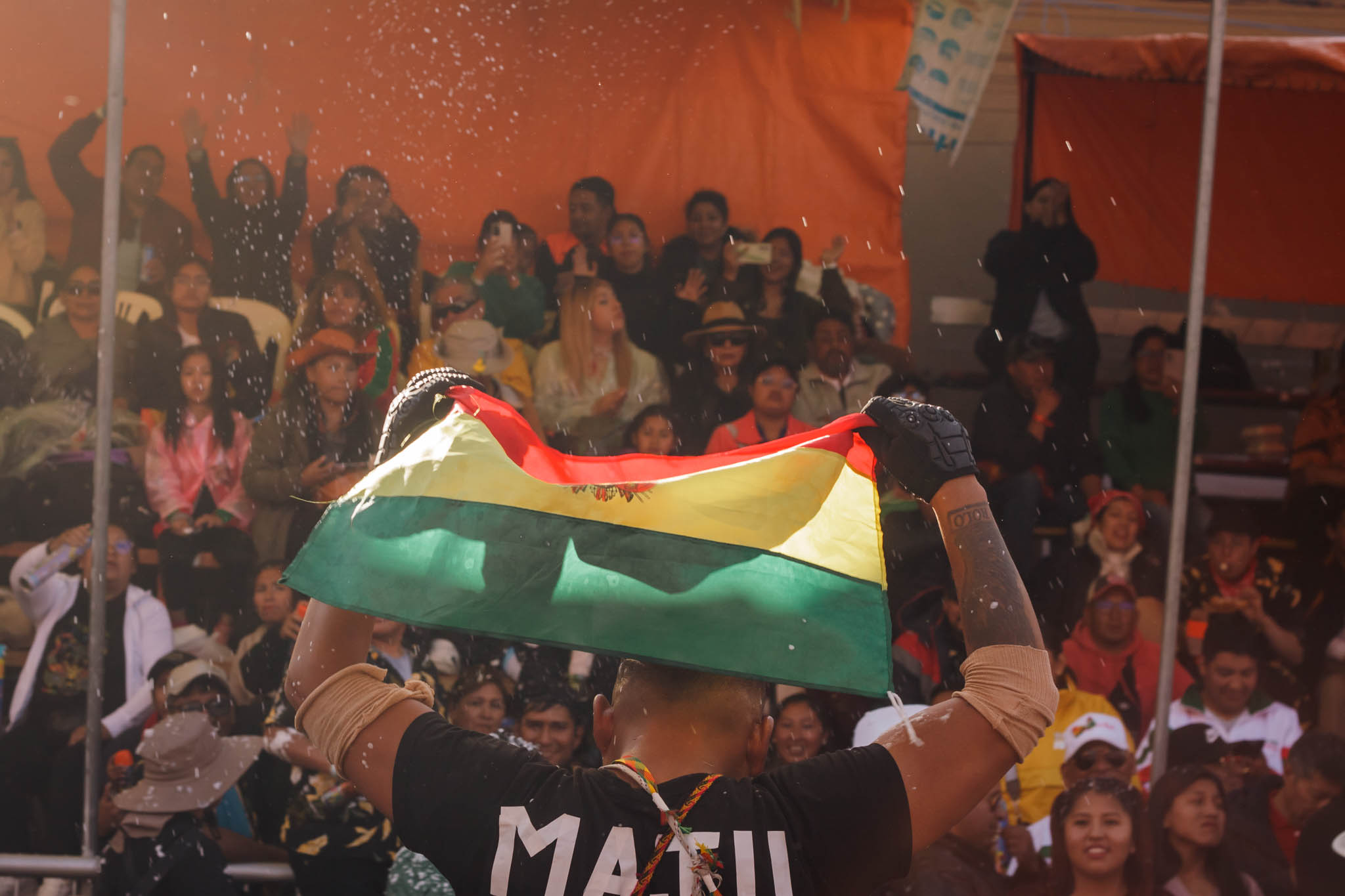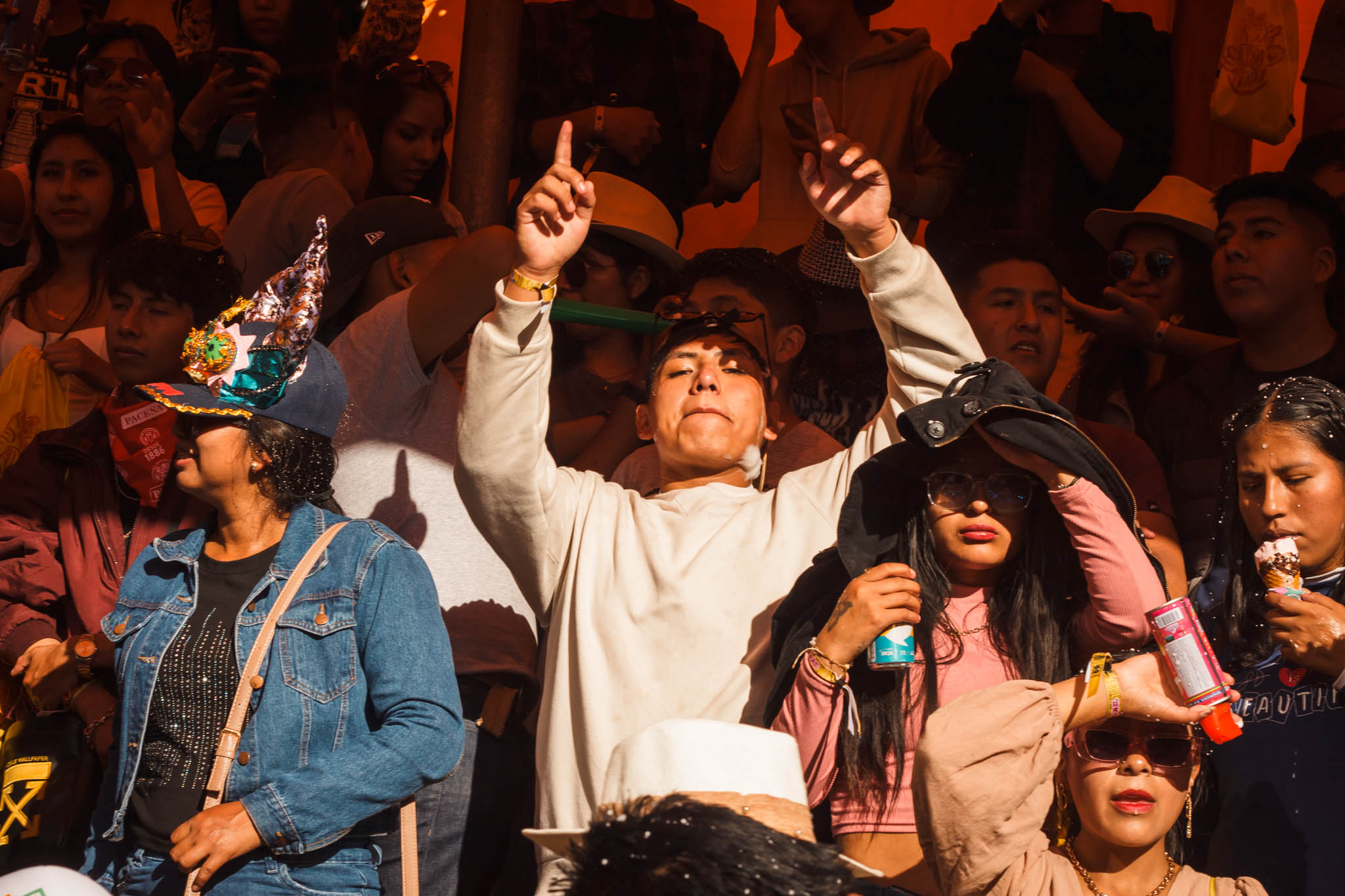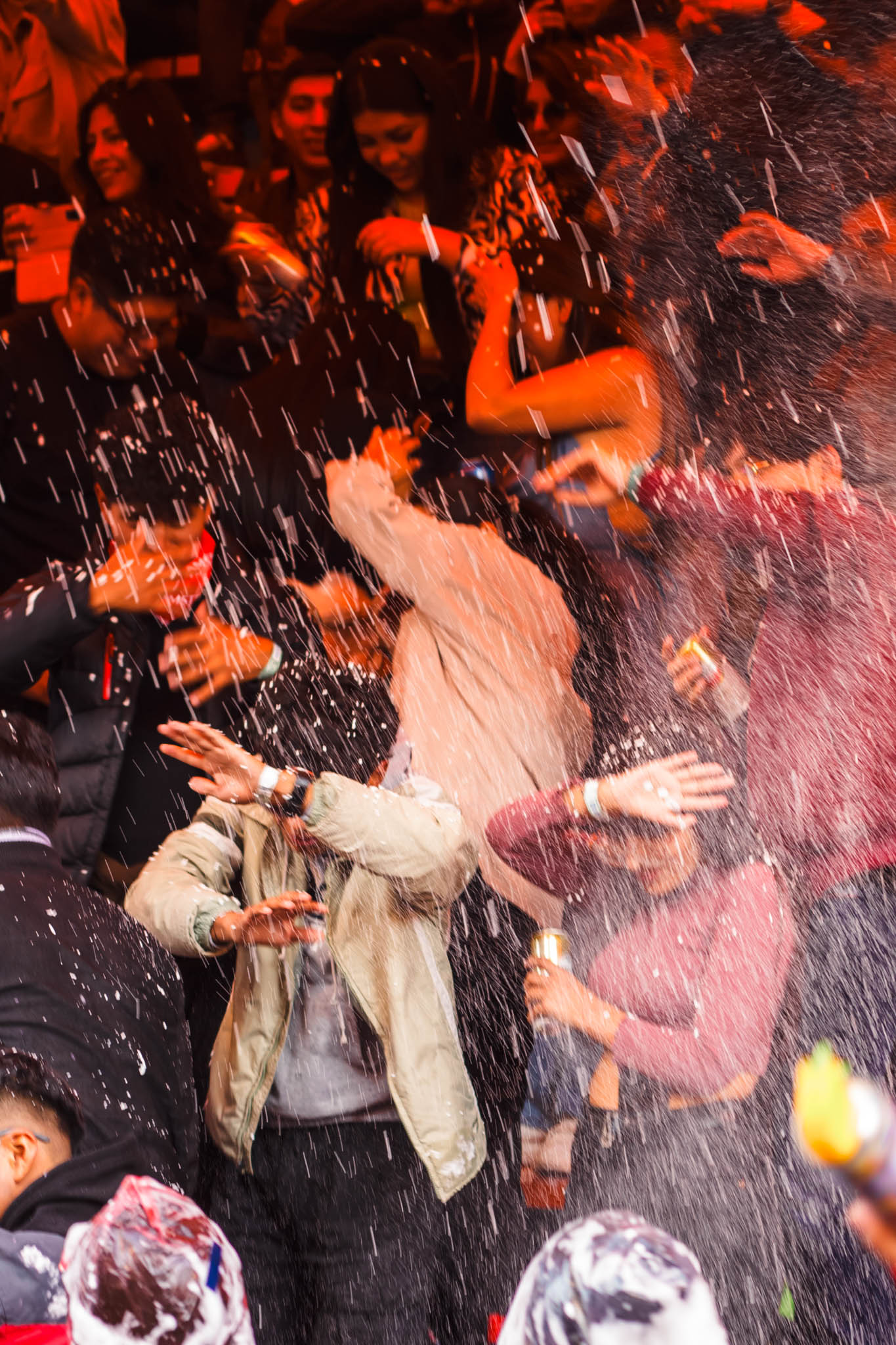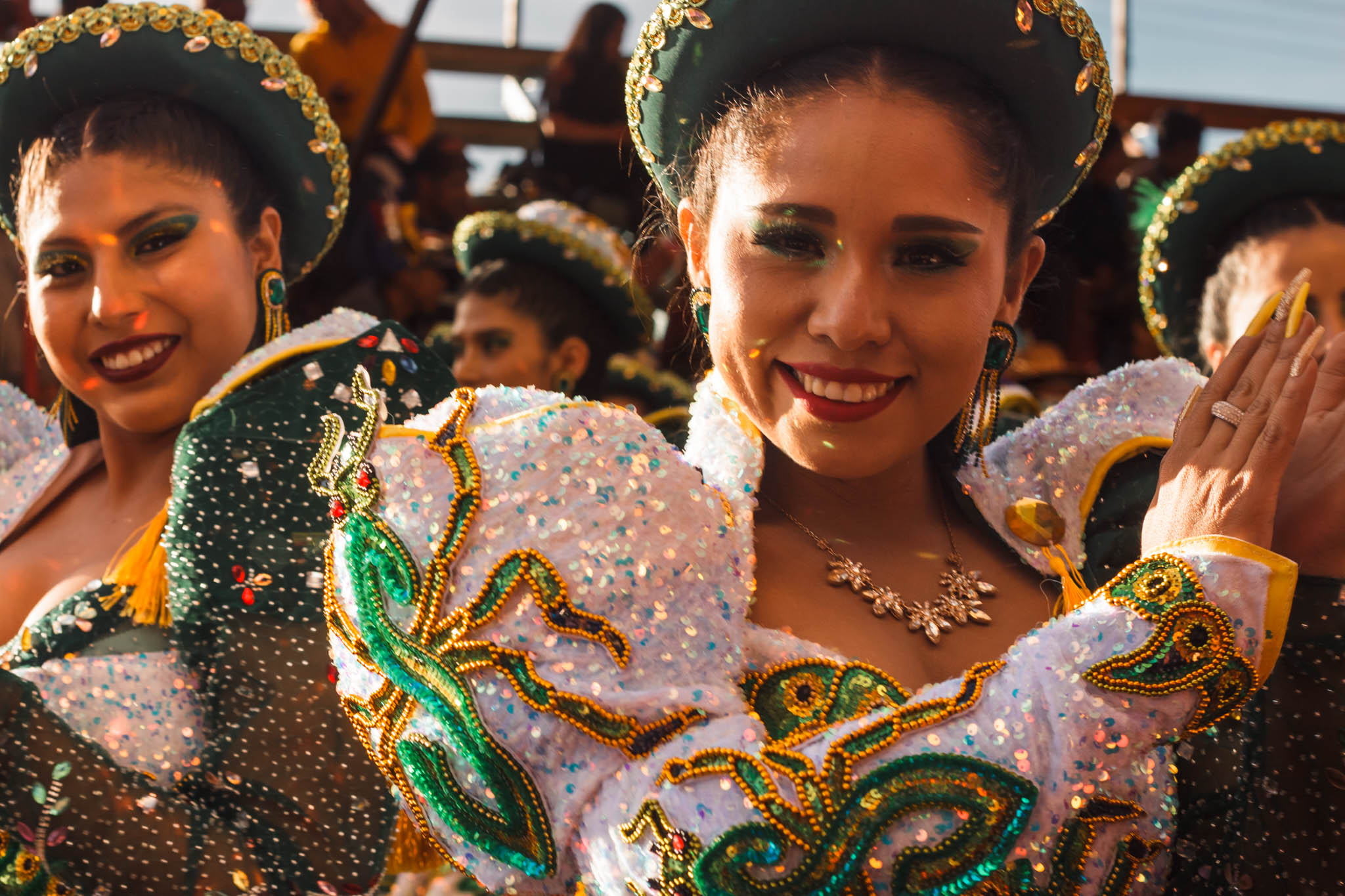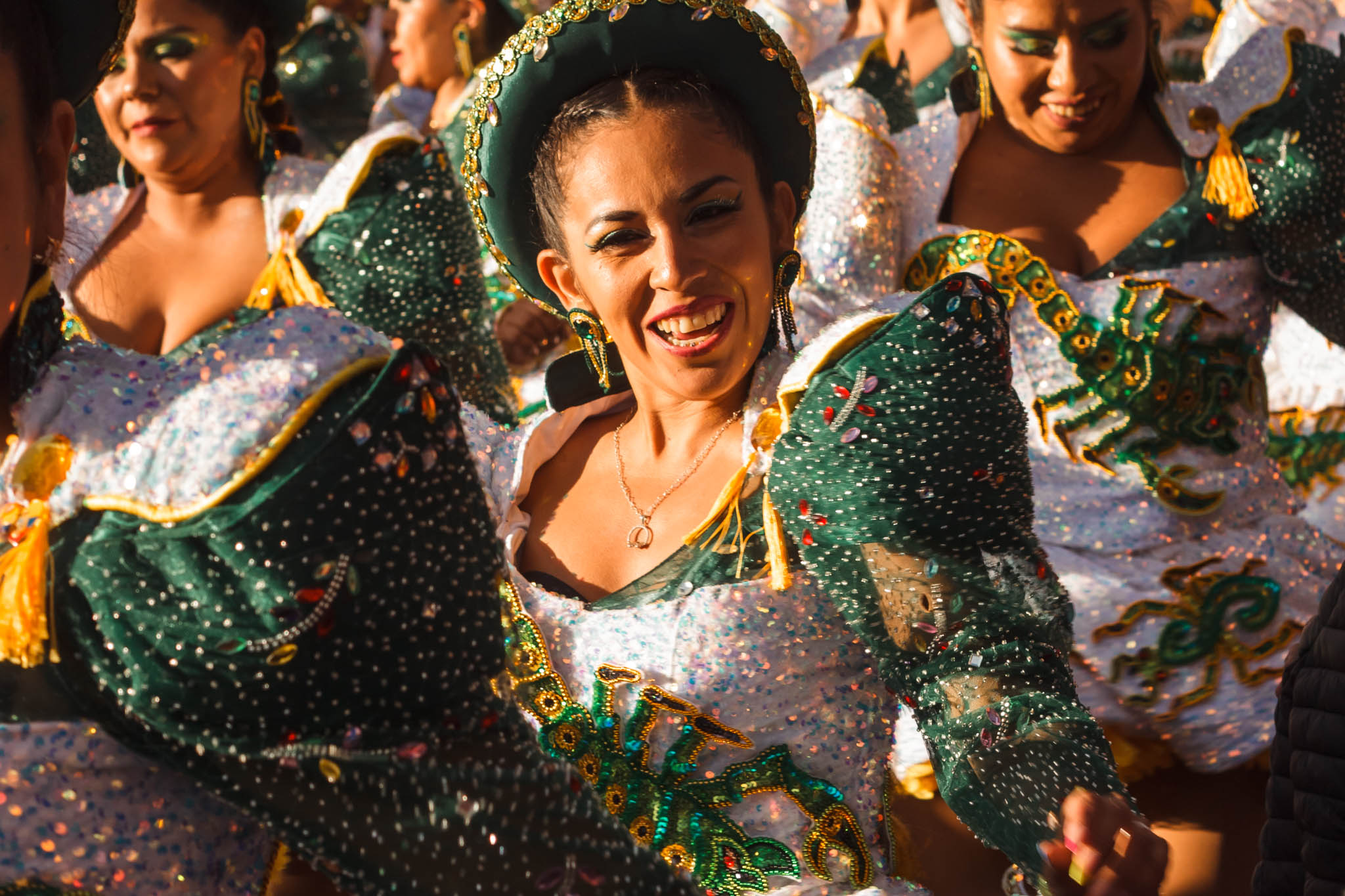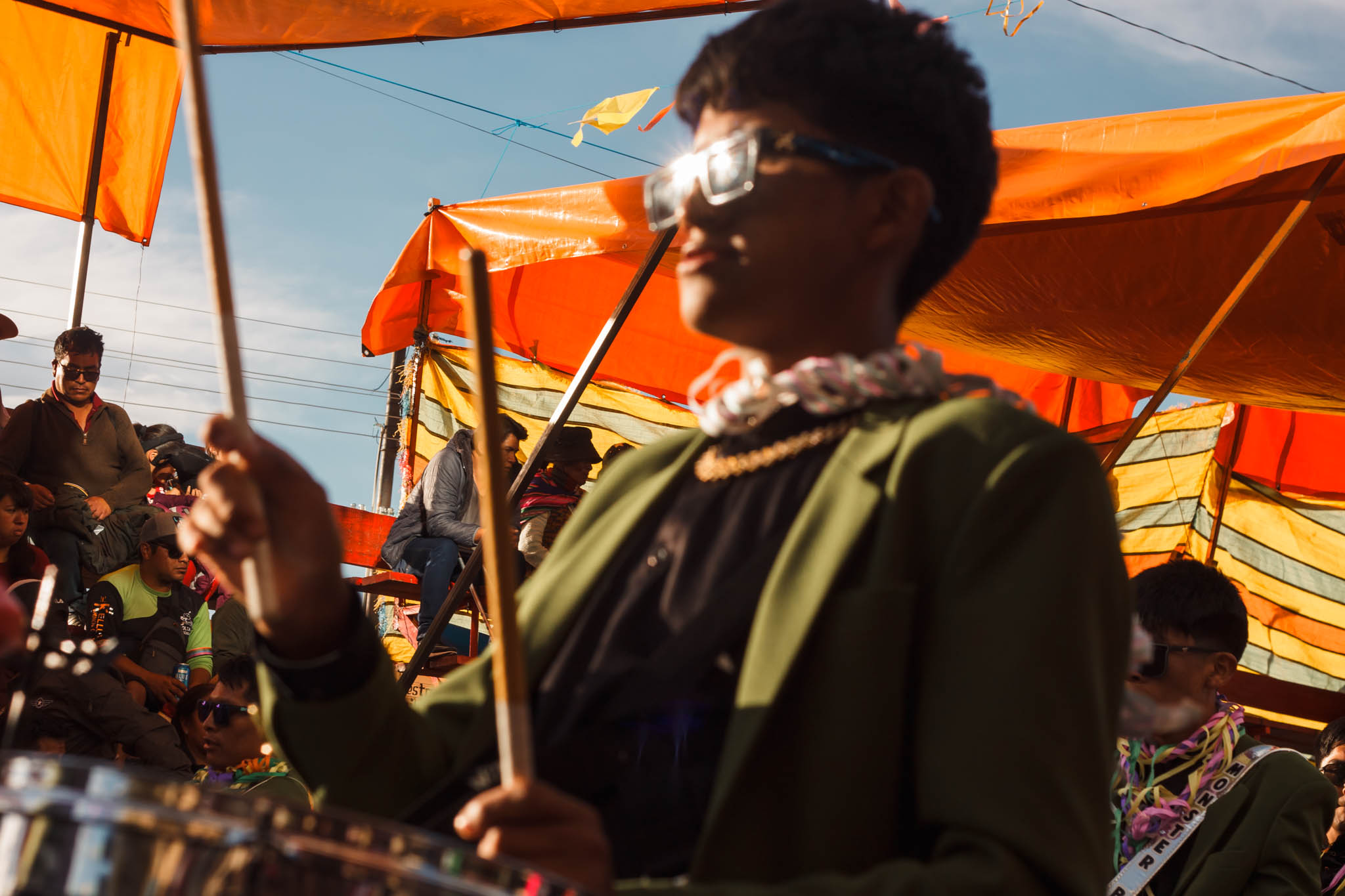The Carnival of Oruro
Inside the second biggest carnival in South America.
Every year, Oruro, Bolivia bursts into life with its renowned Carnival. This vibrant celebration is a showcase of Bolivian culture, featuring dazzling costumes, rhythmic music, and spirited dances.
Carnival is a celebration that unites many peoples around the world, but it has very diverse roots and traditions. Although it may seem like a celebration with vibrant costumes, there is much more to discover.
The origins of the Carnival of Oruro date back to the pre-Hispanic ancient cultures of the Andean region, particularly the Uru civilization that inhabited that area. After the Spanish colonization, indigenous elements were fused with Catholic ones, giving rise to this syncretic celebration. The dances and representations narrate myths and legends related to the Andean cosmogony, such as the Dance of the Devil, with its feathered costumes and demonic masks. The opulence and excesses are linked to the end of the harvest season and the arrival of a period of relative rest before the next sowing. Some Andean spiritual beliefs see carnival as a time to give thanks to the Pachamama (Mother Earth) for her fruits and a propitious occasion for fertility rites in anticipation of the new agricultural cycle.
Among the most iconic masks of the Oruro Carnival are the “diabladas,” which represent the epic struggle between good and evil. The dancers wear majestic masks with demonic features, decorated with horns and claws, while performing spectacular choreographies that enchant the audience.
Equally impressive are the masks of the “Morenadas,” which commemorate the African slaves brought to Bolivia during the colonial period. The sumptuous costumes, adorned with sequins and mirrors, reflect the richness of African traditions, while the dancers, with drums and bell belts, dance with a grace and power that captivate spectators.
The masks of the “Caporales” evoke the hard work in the Bolivian tin mines. The dancers, dressed in glittering costumes and cylinder hats, perform energetic leg movements, symbolizing the strength and determination of the caporales, overseers of the slaves.
The “Tobas” represent the ancient warriors of the Andean tribes. With masks adorned with feathers and plumes, the dancers evoke the pride and majesty of indigenous cultures, while dancing with grace and fierceness, celebrating their ancestral heritage.
Finally, the masks of the “Waca Waca” embody the rural and agricultural life of Bolivia. Decorated with fruits, vegetables, and farm animals, these masks reflect the deep connection of the Bolivian people with the land and nature, while the dancers imitate agricultural movements such as sowing and harvesting, celebrating the vitality and prosperity of their nation.
